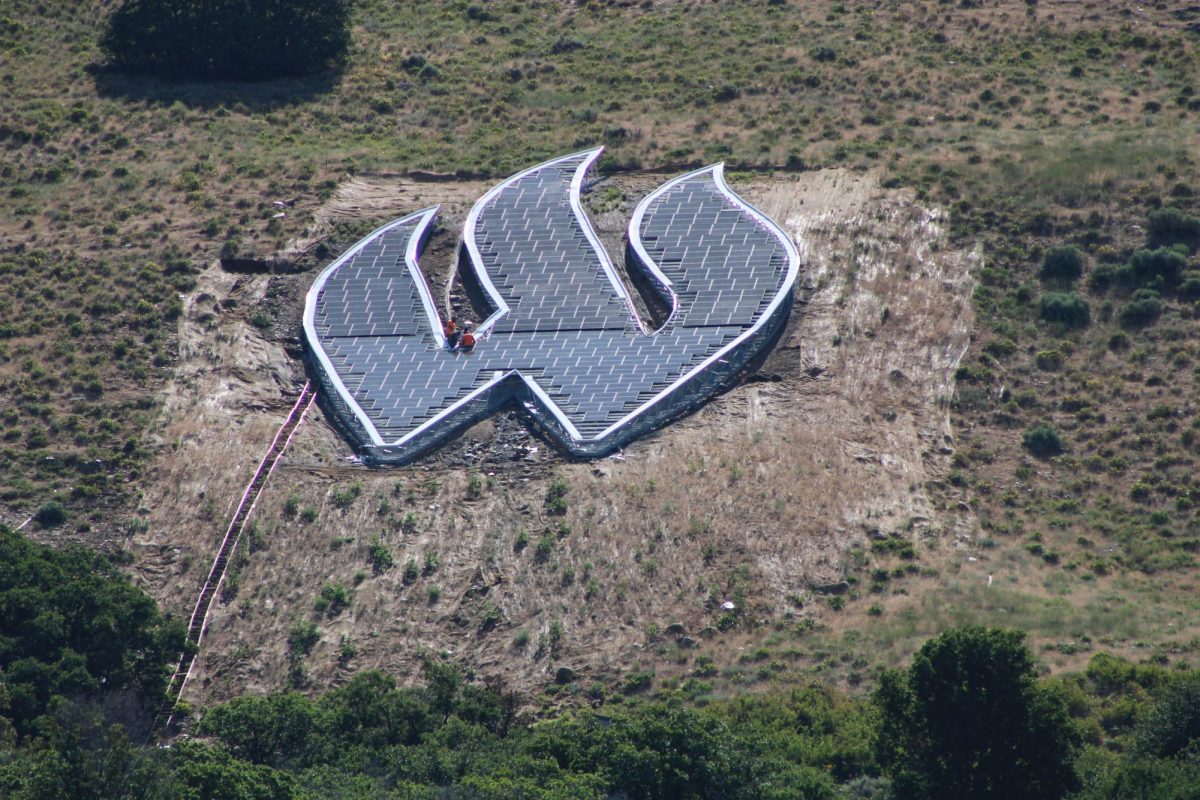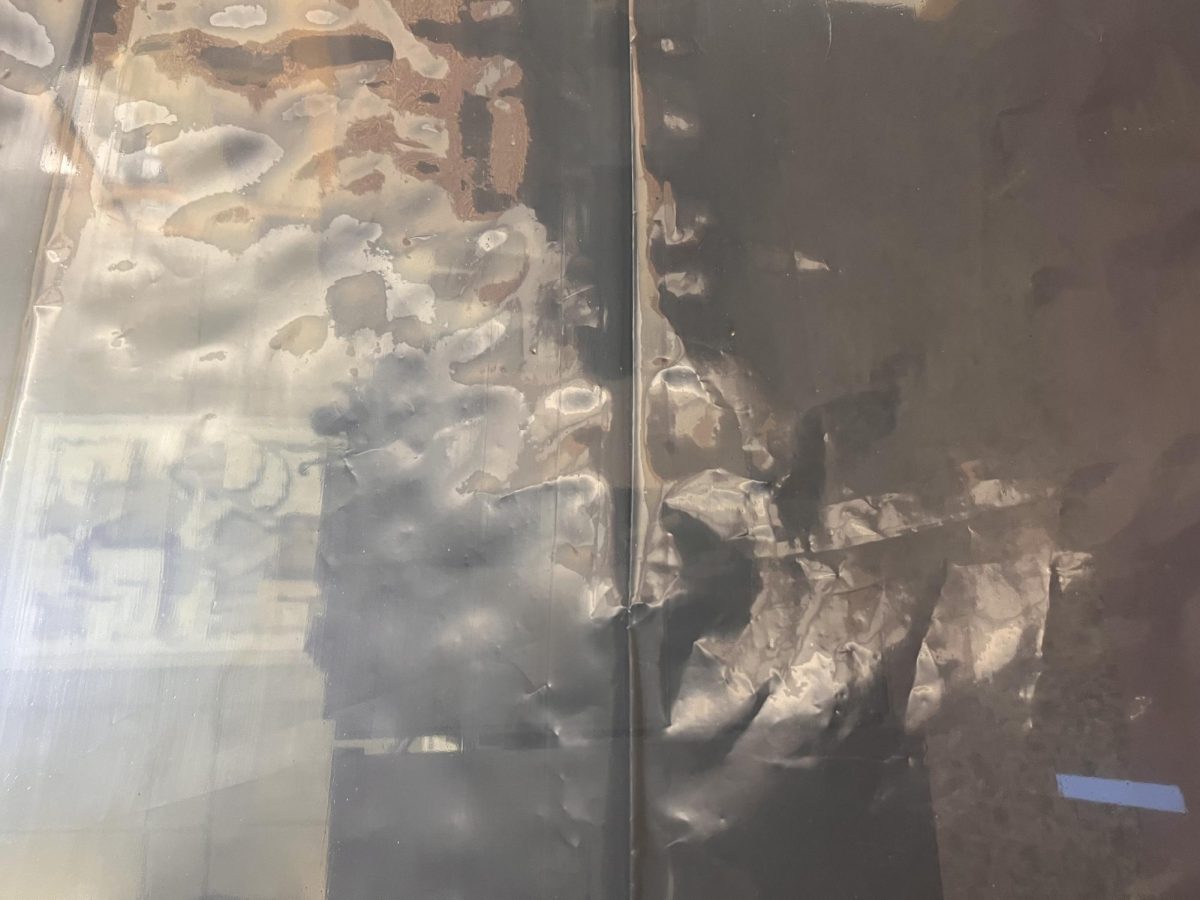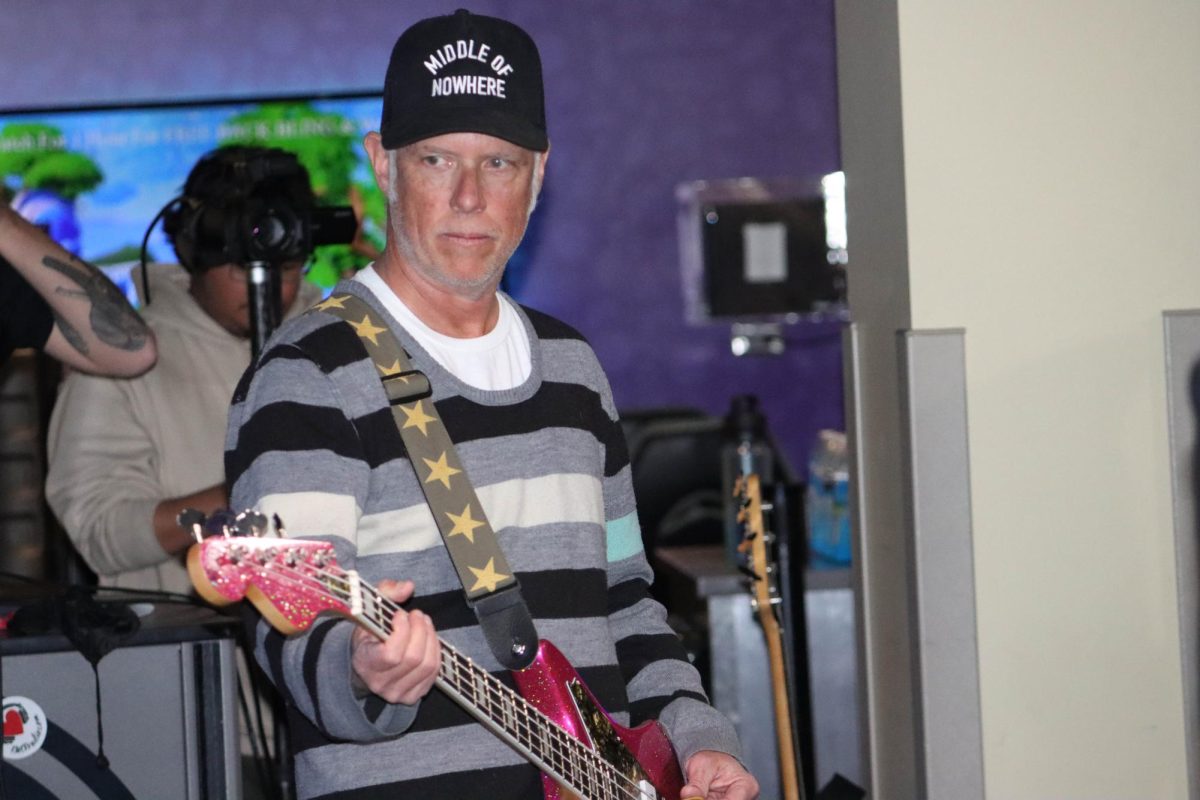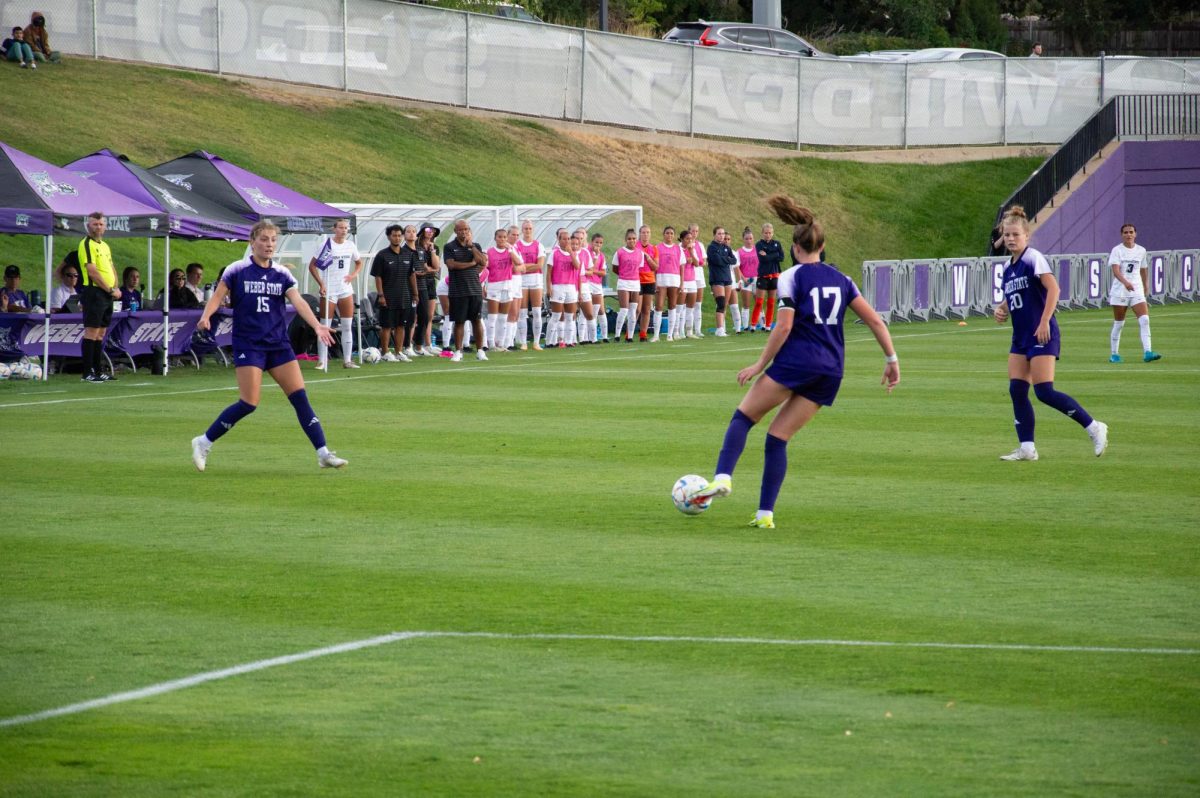
Weber State University students may have come to the Shepherd Union Lair today for the free pizza, but they stayed for the conversation. Powered by Pizza, an event put on by the American Democracy Project within the WSU Student Association’s leadership program, promises free pizza to attendees who come willing to discuss specific issues picked from The New York Times articles.
The issue this time was the costs of being a student. Based on a July 2010 New York Times article by Sam Dillon, the discussion centered around how student fees could be better used to help students.
American Democracy Project director Ashlee Cawley opened the meeting by asking what students would expect tuition to cover at WSU, which led to a discussion that partially focused on individual grievances with the university.
The costs of being a student at WSU include tuition, student fees, books and supplies, and a variety of other miscellaneous expenses. Because of this, many students look to the university to try to cut costs for them.
“I’ve got to start correcting some of the misinformation that’s going around,” said Norm Tarbox, vice president of administrative services. “The rock (in the Tracy Plaza) was donated. It didn’t cost $100,000. We’ve just about every square inch of property around here that we can, and we did that by choice . . . Students are very interested in building a parking structure. What that will do is take your $70 parking pass and turn it into a $400 parking pass.”
The event drew a large number of high-profile student leaders and administrative faculty to attend, including Tarbox; Jan Winniford, vice president of student affairs; Aaron Newman, Student Involvement and Leadership director; student body president David Wilson, and student senate president Brady Harris.
Some of the issues brought up, such as the opportunity for spouses to have access to student services, are already being discussed in the student senate.
“Your tuition covers about half of the cost of your instruction that goes on here,” Tarbox said. “So, for every dollar that Weber State University spends on instruction, you’re paying about half of it — and the taxpayers of the state of Utah are kicking in the other half of it because they like you.”
As for changing how much tuition costs, Tarbox said the Board of Regents and the state legislature make most of those decisions. He said student fees largely support non-academic programs like athletics, the union building, Campus Recreation and the brand-new Wildcat Center.
“Those kinds of things are actually paid for directly by students,” Tarbox said. “What you did, what your predecessors to your elected representatives did, is they said, ‘We like this activity. We’re going to impose a tax on ourselves to support that activity.’ It was students at Weber State that said, ‘These are the kinds of amenities and opportunities that we want to provide for our students at Weber State that go beyond just the teaching and the learning.’”
Newman said that more WSU students could find scholarships if they took the time to fill out the online scholarship application.
“Utah is actually the second-lowest state in the nation for receiving federal financial aid, and it’ s mainly because . . . a lot of students just don’t take the time to apply.”
He said scholarship recipients at WSU are selected by a keyword search of all applications. “If you don’t (fill out the application with keywords) . . . you’re missing out on a lot of free money on this.”
One subject students brought up was that many do not know what services they have already paid for with their student fees. Winniford focused on students on figuring out how to better let students know what they have access to.
“I took the First Year Experience class, and they tell you in detail where to go,” said Marissa Questereit of Lead Weber. “I love FYE. I know where everything is on campus and exactly what you can do at Weber.”
Ultimately, the group suggested that to reduce student costs, students need to be smarter about the way they look into applying for scholarships, talk to their professors and advisers, and not be afraid to get involved.
“If there’s something that you don’t like, or if there’s something that you really do like, you’ve got to look at students,” Tarbox said. “If you don’t like what’s going on, get involved in that process, because you (can) have a direct impact.”



















